|
82. Erebia aethiops (Esper, 1777) / Scotch argus / Nymphalidae – Satyrinae
NL: zomererebia / D: Waldteufel, Graubindiger Mohrenfalter / F: moiré tardif, moiré sylvicole, le grand nègre
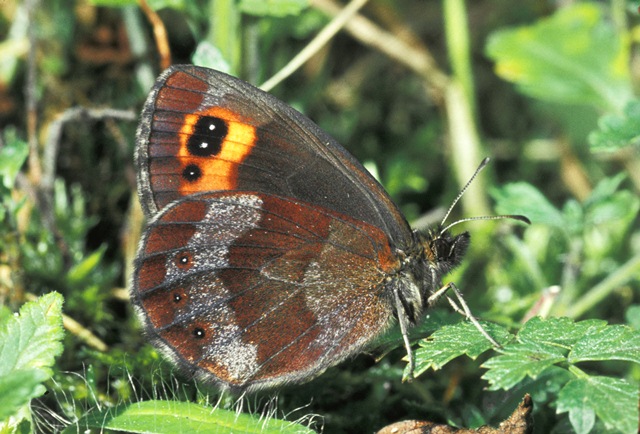 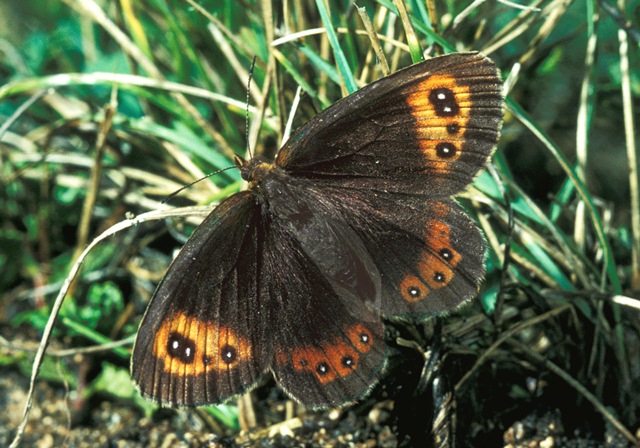 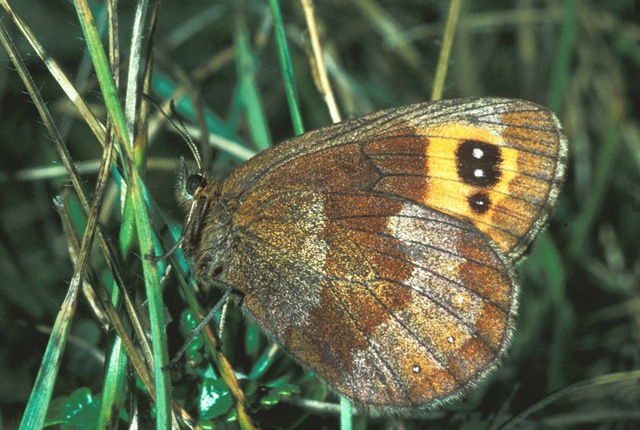
Photographs: Frits Bink ©.
Medium-sized, wing length 22 (19-24) mm. In the Benelux it is known from a few localities in Luxemburg and Wallonia, where it inhabits edges of woods and chalk grassland.
Butterfly is on the wing from end-July until mid-August, peaks early-August. The species is known from maritime to continental climates, amplitude 5 to 17, required heat sum 400°d, maximum tolerated 1100°d, corresponding climate windows 19 to 28 weeks.
The overwintering stages of this butterfly and Erebia medusa are very different: the former as a small larva, the latter as a much more developed larva; in consequence Erebia medusa flies much earlier in the year than E. aethiops.
Ecological characteristics
Behaviour over time
Overwintering: small larva in second, sometimes third instar, hidden in a tussock of its host-plant.
Reproduction: oviposition starts after 4-6-days when the body contains 48 (39-58) eggs, estimated potential production 1.9 times as much. Female produces 10-25 eggs per day.
Larval feeding periods: in the autumn about 50 days from end-August until early November, in next spring 76 (60-92) days from mid-May until end-July.
Generations: one.
Spreading of risk: not observed.
Life cycle: egg 16 (14-18) days; larva 43-47 weeks; pupa 16 (14-18) days.
Life span of adult: rather long, 3 weeks.
 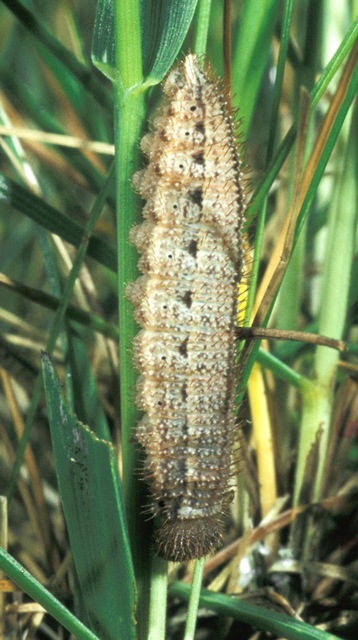
Photographs: Frits Bink ©.
Behaviour in space
From stay-at-home to migrant: stay-at-home, spatial requirement modest.
Finding a mate: male patrols.
Orientation in the landscape: woodland edges with tall grass.
Oviposition: randomly on its host plant on a selected site.
Defence
Threats from other organisms: avoidance by hiding in the larval stage.
Threats from the environment: grass vegetation becoming too luxuriant by natural succession.
Feeding habits
Adult: nectar of all kinds of flowers.
Larva: in spring the small larva basks, in summer not visible because it hides deep in the tussock.
Larval foodplants
Plant species: Poaceae, e.g. Brachypodium pinnatum, Dactylis glomerata, Festuca ovina, F. rubra, Phleum pratense.
Journal
Rearing experiment based on specimen from, Dieue-sur-Meuse, Lorraine, France:
5 September 1984: female captured in a disused quarry.
8 September: female started egg laying.
11 September: in total 23 eggs produced.
18 September: feeding activity of the larvae started.
30 September: larvae hidden in the tussock during daylight.
16 October: larvae end first instar, still active.
1 November: a few larvae still active.
5 December: most larvae in diapause, two still feeding, preferred to eat Carex.
21 December: about 15% of the larvae had moulted.
Overwintered outdoors.
4 January 1985: all larvae in diapause.
7 March: pot with tussock taken indoors.
23 March: first activity noted, larvae second instar.
26 March: the larvae displayed basking activity, no feeding observed.
2 April: feeding activity started.
10 April: one larva in moult L2-3, four already in third instar.
20 April: biggest larva in L4.
5 May: biggest larva L5.
25 May: two prepupae, changed to a paler colour.
6 June: four larvae fully grown, two nearly so.
27 June: one pupa seen.
10 July: two adults appeared.
15 July: last pupa hatched, female.
20 July: female dissected.
Table 82-1. Results of dissections

Table 82-2. Collection and observation localities
F, Lorraine, Dieue-sur-Meuse 49° 05’ 11”N – 5° 27’ 25”E; 19 August 1984, 5 September 1984.
F, Maison-du-Bois 46° 57’ 57”N – 6° 25’ 17”E; 24 August 1984.
F, Seyssel 45° 58’N – 5° 50’E; 4 September 1984.
Fig. 82-1. Erebia aethiops, phenogram adapted from Ebert & Rennwald 1991b: 56.
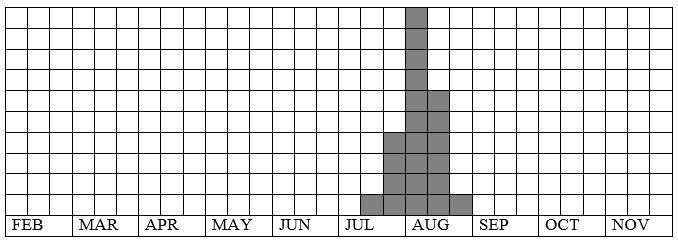
Fig. 82-2. Erebia aethiops, habitat characteristics.
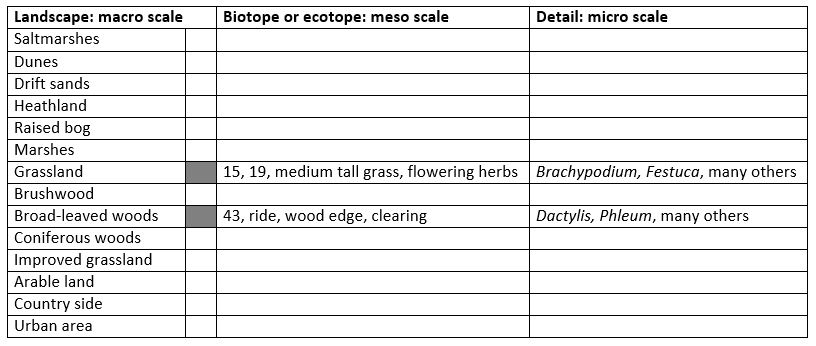
Fig. 82-3. Erebia aethiops, climate matrix, heat-sums 400 - 1100°d.
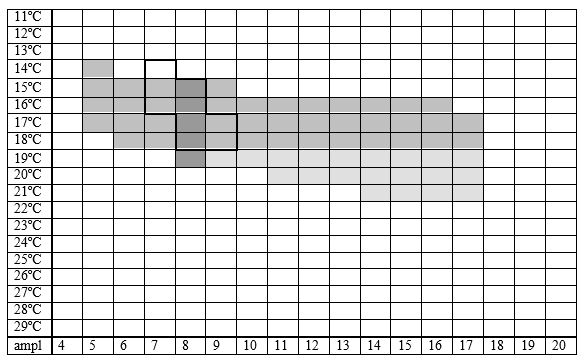
|










